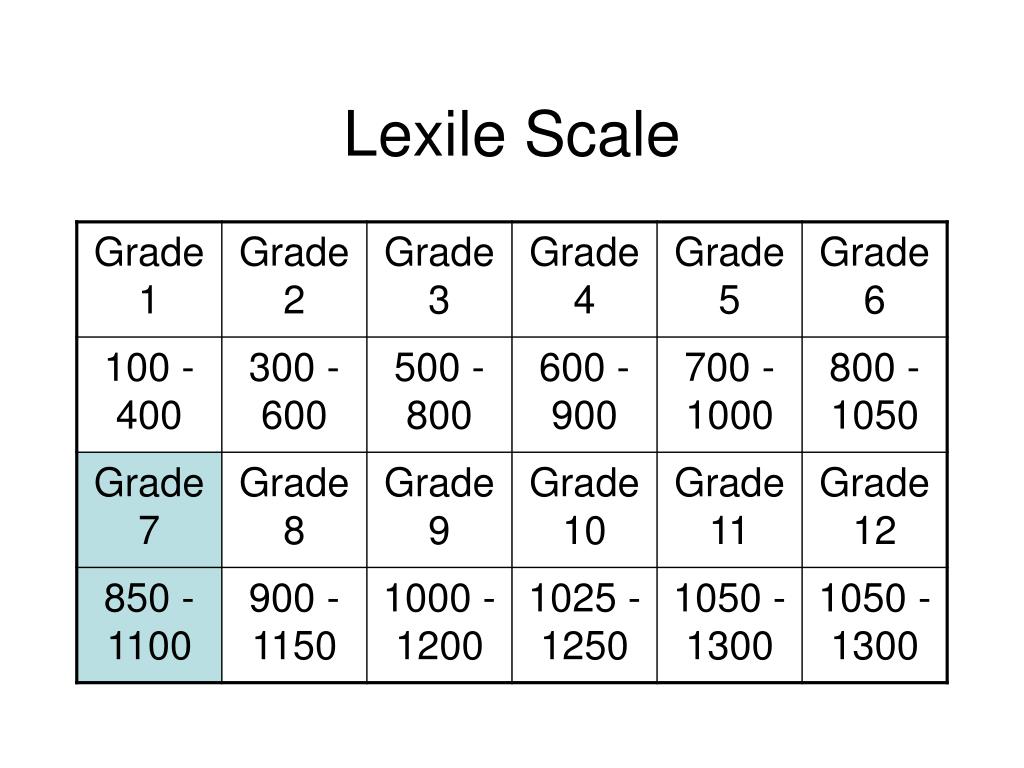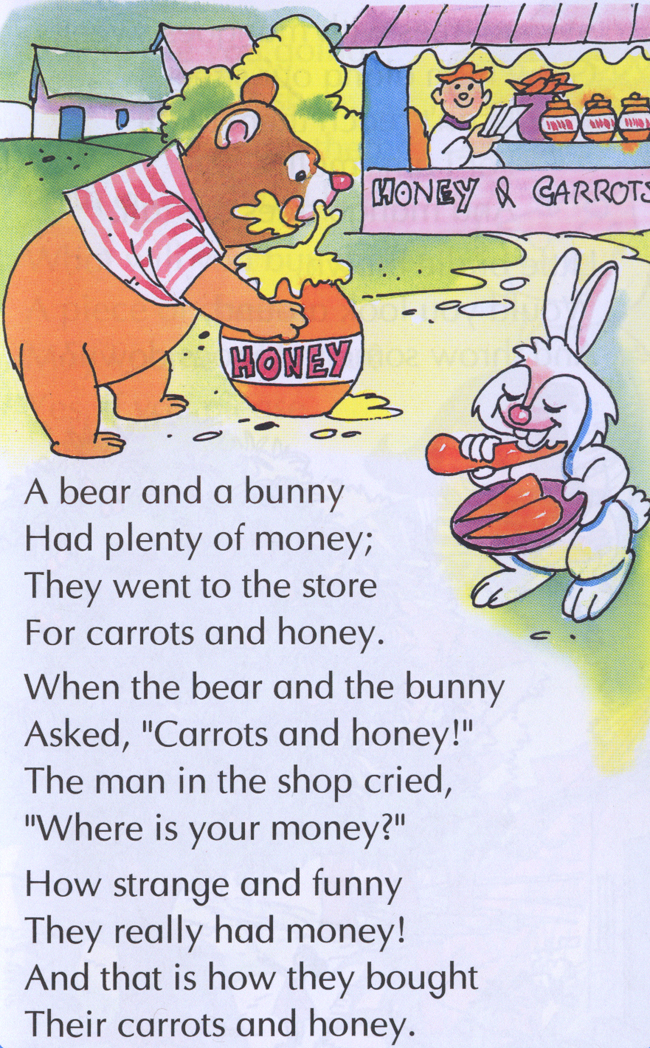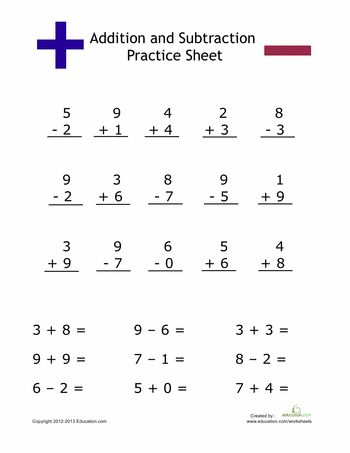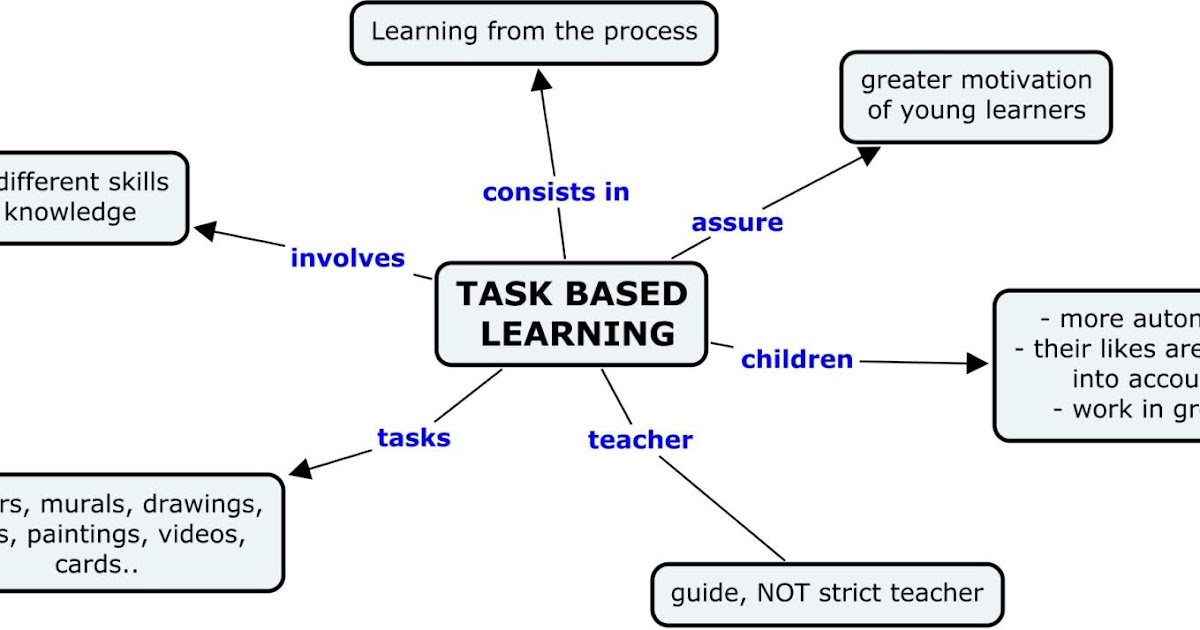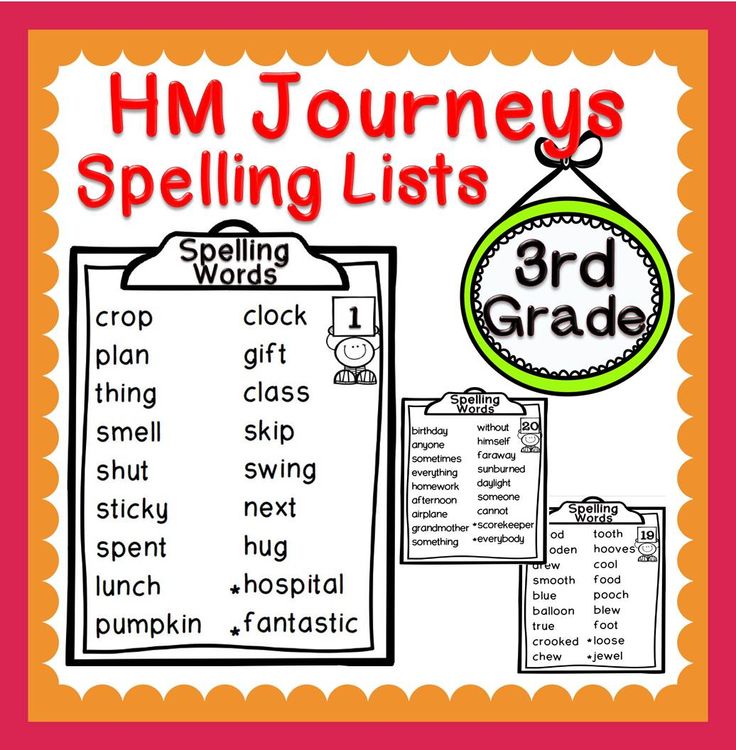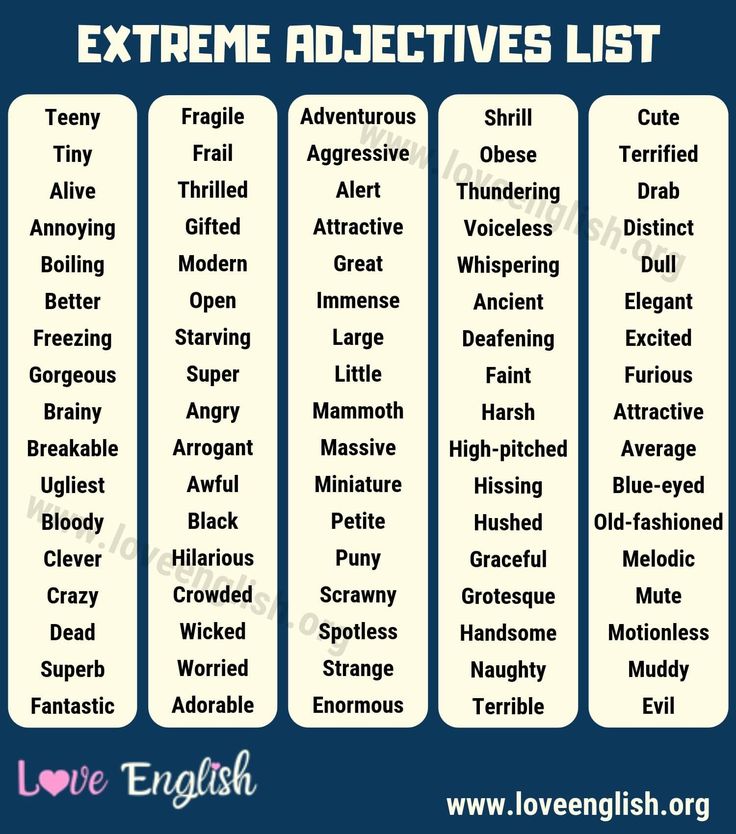Sounds and alphabet
Learn Pronunciation with Speak Method
The Sounds of the Alphabet: Learn Pronunciation with Speak Method| English Online with Speak Method |
|
| Online Classes | Pronunciation Facts | R, Th, T and other sounds | 500 Words Practice |
| Local Classes | Business Communication | TOEFL Prep | ESL Stories |
| Contact us | Vowel
Sounds |
Grammar and Idioms | For Young People |
With
this alphabet chart, understand how to say
the names of the letters and read about all the sounds of each letter
from the alphabet. These are the basic phonetic sounds for American English. To learn important sounds using free videos
online, go to Pronunciation in
English: 500 Words.
|
Letter |
Sound of Letter Name |
All sounds of letter |
Examples |
|
A, a |
ā-ee (long a to long e, also spell "ay") |
, ā, ah, ā-uh, uh |
cat, late, all, and, around |
|
B, b |
Bee |
buh |
bike |
|
C, c |
See |
kuh, suh |
cake, city |
|
D, d |
Dee |
duh |
did |
|
E, e |
Ee |
eh, ee, silent |
bed, free, late |
|
F, f |
Ef |
fuh |
fed |
|
G, g |
Jee |
guh, juh |
glad, large |
|
H, h |
ā-ch |
huh, silent |
hotel, what |
|
I, i |
ah-ee |
ah-ee, ĭ |
light, sit |
|
J, j |
Jay |
juh |
jump |
|
K, k |
Kay |
kuh |
kite |
|
L, l |
El |
luh, ul |
lot, full |
|
M, m |
Em |
muh |
mother |
|
N, n |
En |
nuh |
nest |
|
O, o |
ō (oh) |
ah, ō, uh, oo, ů |
hot, slow, computer, fool, good |
|
P, p |
Pee |
puh |
put |
|
Q, q |
Kyoo (kyū) |
kwuh |
quick |
|
R, r |
Ah-r |
ruh, ur |
race, stir |
|
S, s |
Es |
suh, zuh |
stick, is |
|
T, t |
Tee |
tuh, duh, N, silent, stopped tuh |
table, better, mountain, interview, hot |
|
U, u |
Yoo (yū) |
uh, yoo, oo, ů |
up, use, flute, full |
|
V, v |
Vee |
vuh |
very |
|
W, w |
Dubōyoo |
wuh, silent |
well, slow |
|
X, x |
Eks |
ks, zuh |
box, xylophone |
|
Y, y |
Wah-ee |
yuh, ee, ah-ee (i), ĭ |
yes, happy, try, cylinder |
|
Z, z |
Zee |
zuh |
zebra |
|
|
|
|
|
pronunciation English
pronunciation Learn More Sound American: Change Your Speech The 500 Common English Words What is a Vowel? English Free Online |
Speakmethod.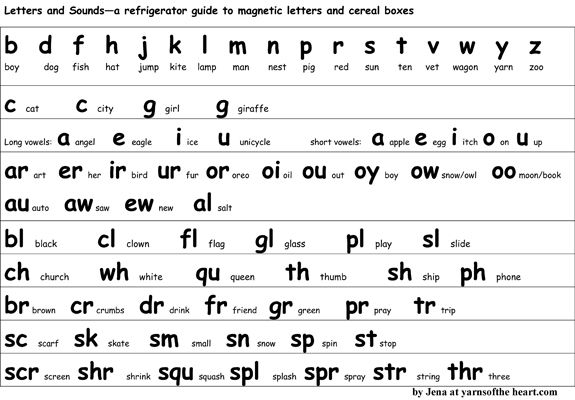 com: English
Pronunciation, Seattle, WA
com: English
Pronunciation, Seattle, WA
English online with Speak Method
First Grade 2: Linking Sounds to Letters
Recommendation 2: Linking Sounds to Letters
Help your child link sounds in speech to letters in print.
Sounds in Words: Onset-Rime
Although speaking and listening may not seem related to learning to read, being aware of sounds in words is very important to reading. This awareness allows children to break apart words orally and use sounds to learn to read and write words. Children first need to become aware of sounds in words without relating those sounds to print. They demonstrate their knowledge using their speaking and listening skills.
You can help your child develop an awareness of sounds in spoken words. Singing silly songs and making up silly words or poems are ways to enhance your child's awareness of sounds. These skills are fun to practice because most children love to play with sounds in words.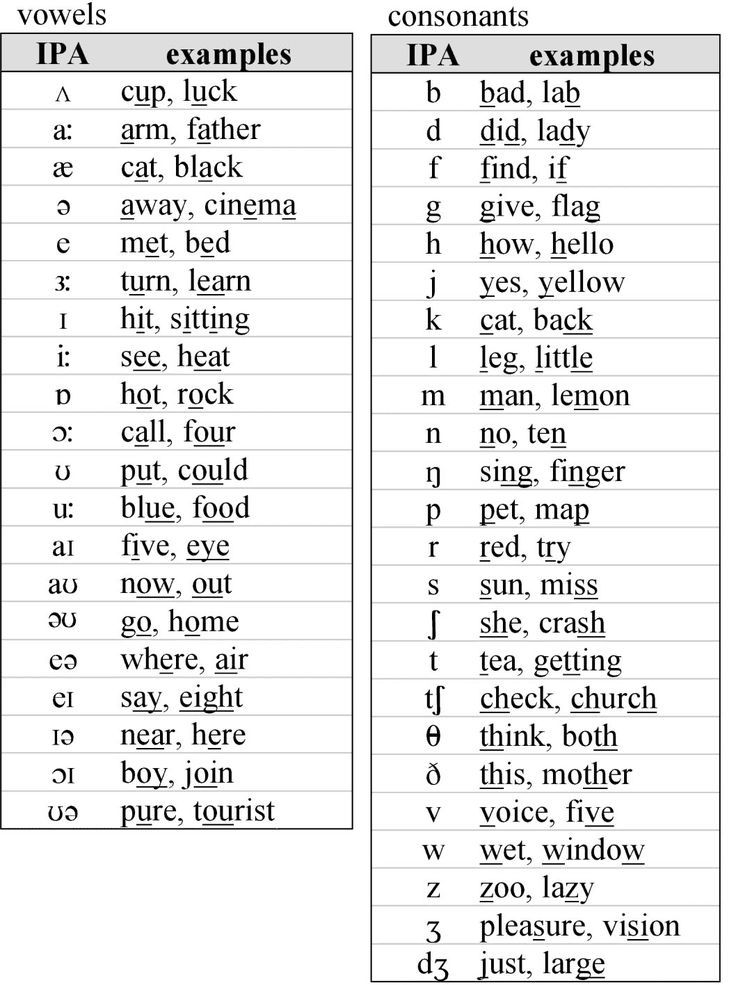 You can make up silly sentences where most of the words begin with the same sound: Leo the lion liked to lick a lot of lollipops!
You can make up silly sentences where most of the words begin with the same sound: Leo the lion liked to lick a lot of lollipops!
There are many types of different sounds in words. For example, you can separate a word into its onset and rime. The onset is the part of a word before the vowel. The rime is the part of a word including the vowel and the string of letters that follows. In the word sun, /s/ is the onset and /ŭn/ is the rime. In the word ring, /r/ is the onset and /ing/ is the rime. In the word stop, /st/ is the onset and /ŏp/ is the rime.
Videos and Family Activities
Onset and Rime Picture Cards
Key Points About the Video
- Mom has her daughter review the names of the pictures before beginning the activity to make sure she knows the name of each picture.
- Mom offers positive encouragement throughout the activity (e.g. Good! You did that well! You said the onset and rime correctly! You got that, girl!).
Onset and Rime Picture Cards
Help your child take apart and put together the onset and rime of a spoken word.
Sounds in Words: Individual Sounds
Being able to separate and put together individual sounds in spoken words will help your child become a better reader and speller. If your child can hear the individual sounds in a word and put those sounds together, it will help him or her connect those sounds to letters when he or she reads and spells.
Videos and Family Activities
Say and Slide Individual Sounds in Words
Key Points About the Video
- Mom explains the activity and shows an example before she asks her daughter to try it.
- Mom is patient and shows her daughter how to do the task when she has a difficult time with the word paper.
- Mom tells her daughter that she worked hard and did a good job.
Say and Slide Individual Sounds in Words
Help your child separate and put together individual sounds of a spoken word.
Sounds in Words: First Sound, Middle Sound, Last Sound
Being able to separate and put together individual sounds in spoken words will help your child become a better reader and speller. If your child can hear the individual sounds in a word and put those sounds together, it will help him or her connect those sounds to letters when he or she reads and spells.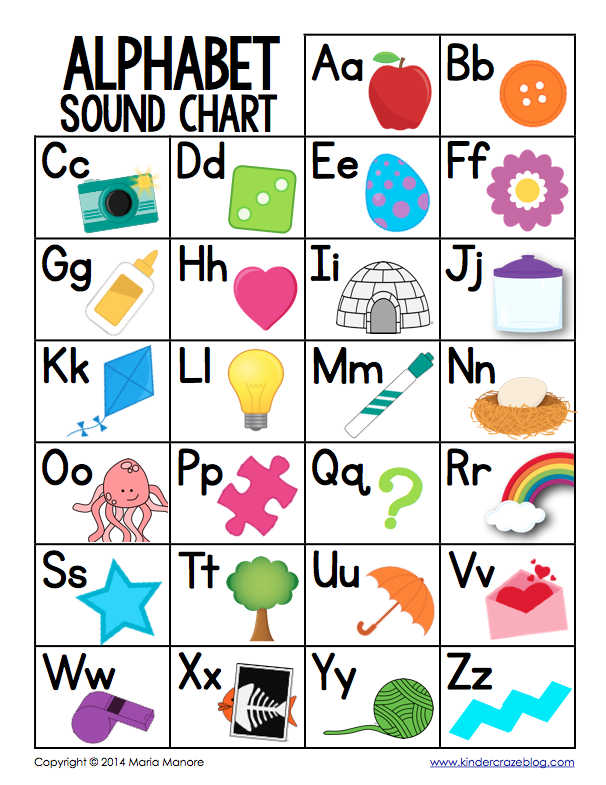
- The beginning sound of a word is the first sound you hear when you say the word. The first sound in soap is /s/.
- The middle sound of a word is the sound you hear in the middle when you say the word. The middle sound in soap is /ō/.
- The ending sound of a word is the last sound you hear when you say the word. The last sound in soap is /p/.
Videos and Family Activities
First Sound? Middle Sound? Last Sound?
Key Points About the Video
- Mom asks her daughter to explain her answers.
- Mom has her daughter identify the sound that was the same in two words and tell whether it was the first, middle, or last sound in the words.
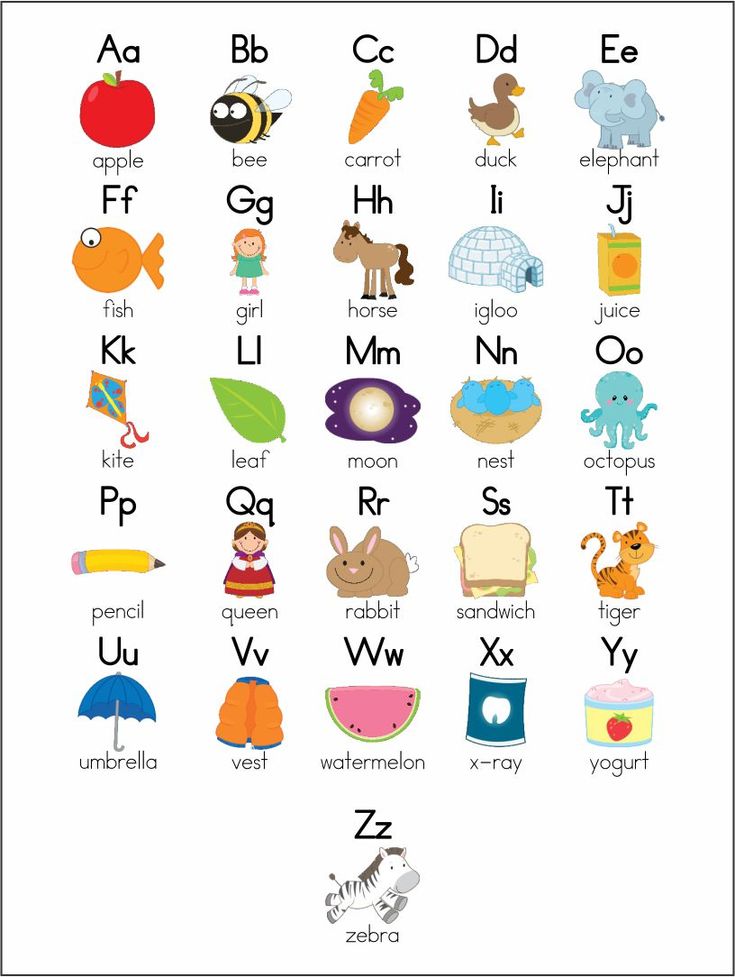
- Mom provides positive feedback throughout the activity.
First Sound? Middle Sound? Last Sound?
Help your child compare two spoken words, recognize their common sound, and identify the position of that common sound (first, middle, or last sound).
Letter Names and Letter Sounds
It is important for children to know letter names and letter sounds. Letter name knowledge is recognizing and naming letters. An example of recognizing letters is when you show a child the letters N, A, and S and ask which letter is S, the child points to the S. An example of naming letters is when a child looks at the letter M and orally names that letter.
Letter sound knowledge is demonstrated when a child can look at a letter in print and tell you the sound it represents. For example, if you point to the letter F and ask, "What sound does this letter make?" The child will say, "/f/.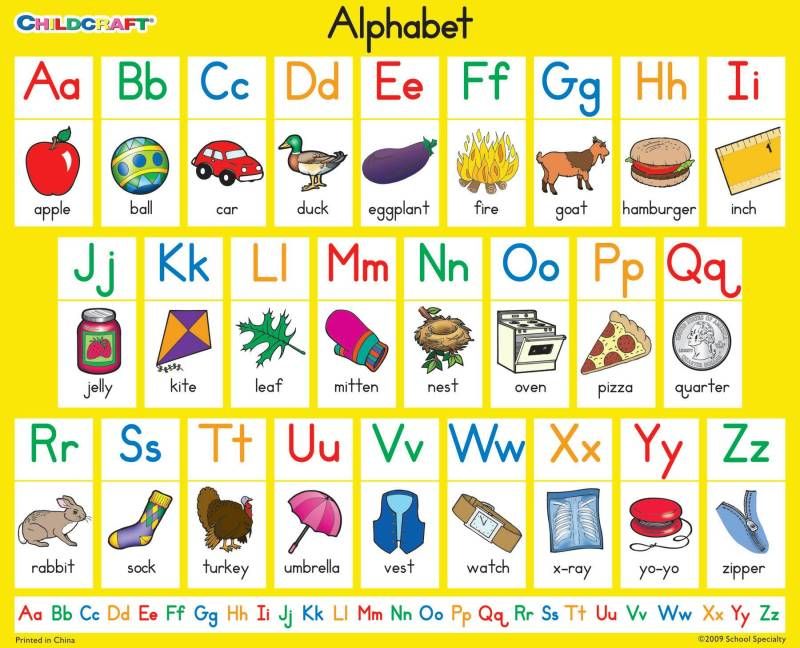 "
"
The vowels are a, e, i, o, u. Each vowel has a short sound and a long sound. The short sound of each vowel is: a, /ă /; e, /ĕ/; i, /ĭ/; o, /ŏ/; u, /ŭ/. The long sound of each vowel is when the vowel says its name, a, e, i, o, u. The other letters of the alphabet are called consonants. For example, B, C, and D are consonants.
Videos and Family Activities
Consonant and Short Vowel Sound Practice Using Junk Mail
Key Points About the Video
- Mom explains the activity and provides an example for her son by saying the letter name and the letter–sound.

- Mom and son laugh and have fun with the activity.
Consonant and Short Vowel Sound Practice
Help your child practice identifying the sound for specific letters.
Books to Share
Suggested books to practice letter names and letter sounds. As you share the book, periodically point to a letter and ask your child to say the letter name and the letter sound.
- LMNO Peas by Keith Baker
- Click, Clack, Quackity-Quack: An Alphabetic Adventure by Doreen Cronin
- Eating the Alphabet by Lois Ehlert
- Alphabeasties and Other Amazing Types by Sharon Werner
- I Stink! by Kate and Jim McMullen
Sounds With Two or More Letters
When children know a few letter sounds, they are encouraged to blend them together to read and spell words.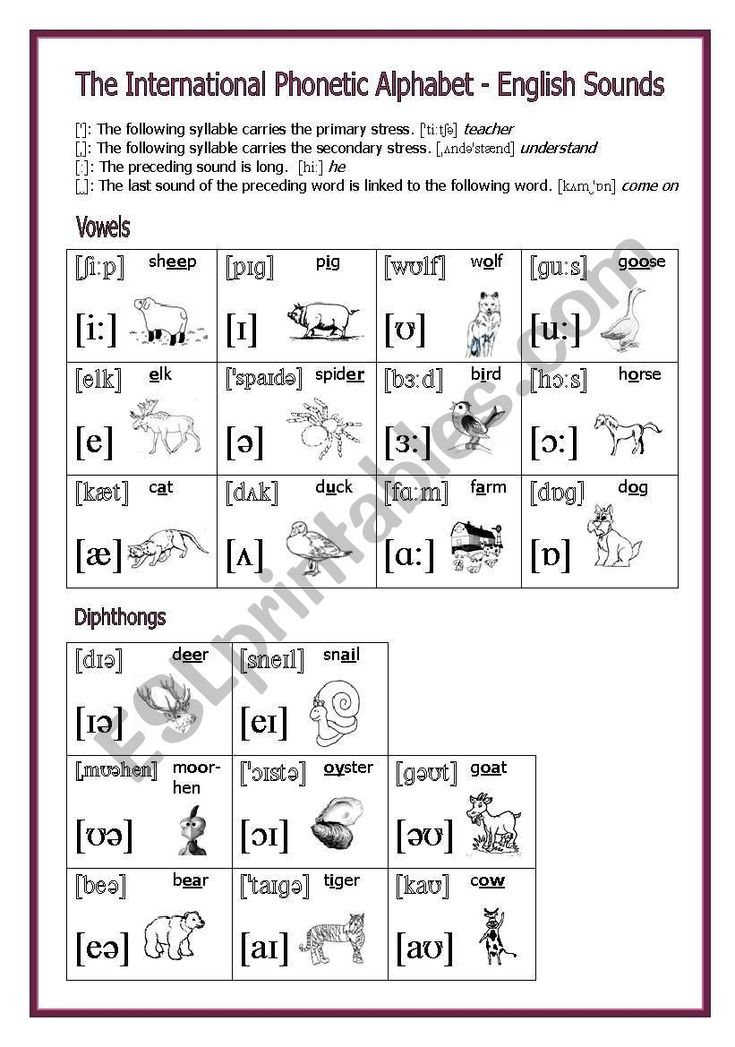 For example, fl says /fl/ as in flag and st says /st/ as in stop. If your child knows that s says /s/ and t says /t/, then they blend, or put together, those two sounds, /st/.
For example, fl says /fl/ as in flag and st says /st/ as in stop. If your child knows that s says /s/ and t says /t/, then they blend, or put together, those two sounds, /st/.
flag
stop
Sometimes, there are two letters that make one sound. For example, ch says /ch/ as in cheese and sh says /sh/ as in shop. Th has two different sounds. In the word that, th says /th/ where your vocal cords vibrate, and the sound is said out loud. In the word thin, th is whispered and your vocal cords do not vibrate.
cheese
shop
that
thin
Videos and Family Activities
Letter–Sound Practice and Building Words
Key Points About the Video
- Mom focuses on helping her son blend individual sounds together to spell and read the words.
- fl is a constant blend. It has two sounds, /f/ and /l/. This child knows each of these letter sounds, so is able to blend them together to spell the word flag.
- br is a constant blend. It has two sounds, /b/ and /r/. This child knows each of these letter sounds, so is able to blend them together to spell the word brag.
- Mom talked about the meanings of the words to help build vocabulary.
Letter–Sound Practice Building Words
Help your child practice changing the beginning sound or sounds of a word to build a new word.
Silent e Rule
An important step in learning to read is being able to connect how words are separated into individual sounds with knowledge of how letters relate to sounds. For example, when you are able to hear the individual sounds in the word sat, /s/ /ă/ /t/ and know that s represents /s/, a represents /ă/ and t represents /t/, you are linking letters to sounds. This is critical to understand and be able to do in the process of learning to read.
When we have a word like can and we add an e at the end, the word changes to cane. We call this the silent e rule. We do not say the sound of e; it is silent. The silent e also changes the vowel before it to a long vowel. A vowel is long when it says its letter name. Can has a short a, /ă/. But when we add the silent e to the end, /ă/ changes to /ā/. Other examples include mad/made, rid/ride, hop/hope.
Can has a short a, /ă/. But when we add the silent e to the end, /ă/ changes to /ā/. Other examples include mad/made, rid/ride, hop/hope.
Videos and Family Activities
Spelling and Reading Words With Silent e
Key Points About the Video
- Mom offers positive encouragement (That's right! Excellent!).
- Mom has her son use words in a sentence to make sure he knows their meanings.
- Mom has her son read the list of words at the end of the activity for another opportunity to practice reading.
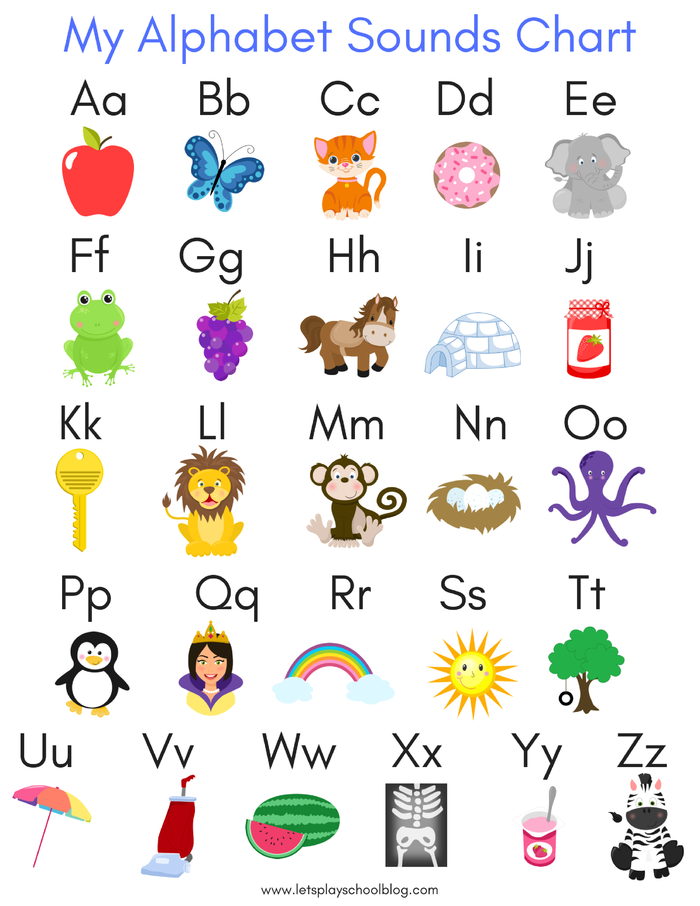
Building Words With Silent e
Help your child apply the silent e rule to writing and reading words.
Changing Letters in Words to Spell New Words
Word-changing activities can be used to help support your child's learning to read and spell. Word changing activities include using letters in which you know the sounds to build a word. Then, you change a letter or letters to change the word. Word changing can be fun for children and helps them become better spellers and readers.
Videos and Family Activities
Change a Letter, Change the Word
Key Points About the Video
- Caretaker is encouraging (Great! You got this!).
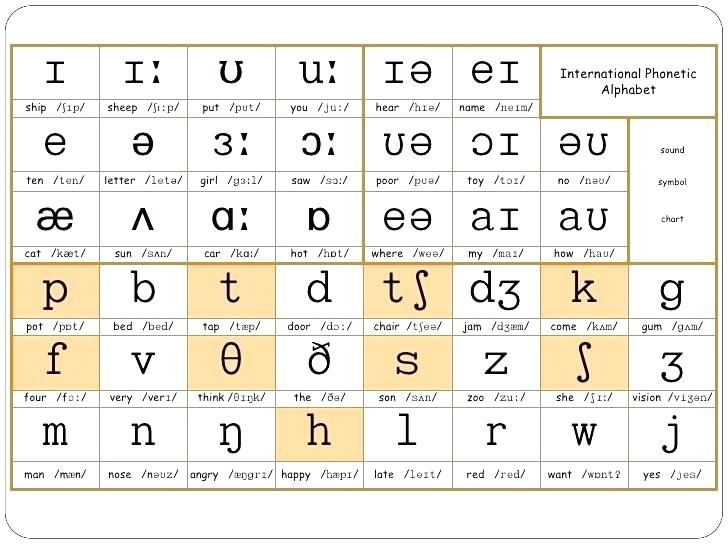
- Caretaker uses words in sentences and talks about the meanings of words.
- Caretaker is patient and breaks the task down into small steps (spell, write word, change letters, write new word).
Change a Letter, Change the Word
Help your child change a letter or letters in a given word to spell a new word.
Alphabet / Sounds and Letters / Russian language guide for elementary school
- Main
- Handbooks
- Primary school Russian language guide
- Sounds and letters
- Alphabet
Alphabet - these are all the letters of the Russian language, arranged in a certain order. Each letter has its place and its name.
There are 33 letters in the Russian alphabet . Of these, 10 vowels ( a, e, ё, i, o, y, s, e, yu, i ) and 21 consonant d, k, l, m, n, p, r, s, t, f, x, c, h, w, u ).
b and b the signs do not refer to vowels or consonants, b is used to indicate the softness of a consonant, and b is used to separate.
Letters of the Russian alphabet:
Capital alphabet of the Russian language:
Share with your friends on social networks:
We advise you to look:
Vowel sounds and letters denoting them
Consonant sounds and letters denoting them
Syllable
Stress
Phonetic analysis
Sounds and letters 7 The rule is found in the following exercises:
1st class
Page 55, Kanakina, Goretsky, Textbook
Page 56, Kanakina, Goretsky, Textbook
Page 26, Kanakina, Goretsky, Workbook
Page 30, Kanakina, Goretsky, Workbook
Exercise 11, Polyakova, Textbook
Exercise 58, Polyakova, Textbook
Exercise 59, Polyakova, Textbook
exercise 60, Polyakova, Textbook
Exercise 63, Polyakova, Textbook
Exercise 4, Ivanov, Evdokimova, Kuznetsova, Textbook
2nd class
Exercise 129, Kanakina, Goretsky, Textbook, part 1
Exercise 163, Kanakina, Goretsky, Textbook, part 1
Exercise 80, Kanakina, Workbook, part 1
Exercise 96, Kanakina, Goretsky, Textbook, part 2
Exercise 47, Klimanov, Babushkina, Textbook, part 1
Exercise 24, Klimanova, Babushkina, Workbook, part 1
Exercise 97, Polyakova, Textbook, part 1
Exercise 147, Buneev, Buneeva, Pronina, Textbook
Exercise 155, Buneev, Buneeva, Pronina, Textbook
Exercise 9, Isaeva, Buneev, Workbook
Grade 3
Exercise 234, Kanakina, Goretsky, Textbook, part 1
Exercise 86, Kanakina, Workbook, part 1
Exercise 138, Kanakina, Workbook, part 1
Exercise 148, Kanakina, Workbook, part 1
Exercise 157, Kanakina, Workbook, part 1
Exercise 32, Klimanova, Babushkina, Workbook, part 1
Exercise 79, Klimanova, Babushkina, Workbook, part 1
Exercise 161, Polyakova, Textbook, part 1
exercise 30, Buneev, Buneeva, Pronina, Textbook, part 1
4th grade
Exercise 61, Kanakina, Goretsky, Textbook, part 1
Exercise 63, Kanakina, Goretsky, Textbook, part 1
Exercise 98, Kanakina, Goretsky, Textbook, part 1
Exercise 14, Buneev, Buneeva, Pronina, Textbook, part 1
Exercise 491, Ladyzhenskaya, Baranov, Trostentsova, Grigoryan, Kulibaba, Textbook, part 2
5th grade
Exercise 296, Ladyzhenskaya, Baranov, Trostentsova, Grigoryan, Kulibaba, Textbook, part 1
Exercise 298, Ladyzhenskaya, Baranov, Trostentsova, Grigoryan, Kulibaba, Textbook, part 1
Exercise 17, Razumovskaya, Lvova, Kapinos, Textbook
exercise 30, Razumovskaya, Lvova, Kapinos, Textbook
Exercise Problem page 15, Alexandrova, Rybchenkova, Glazkov, Lisitsin, Textbook, part 1
Exercise 25, Alexandrova, Rybchenkova, Glazkov, Lisitsin, Textbook, part 1
Exercise 26, Alexandrova, Rybchenkova, Glazkov, Lisitsin, Textbook, part 1
Exercise 27, Alexandrova, Rybchenkova, Glazkov, Lisitsin, Textbook, part 1
Exercise 29, Alexandrova, Rybchenkova, Glazkov, Lisitsin, Textbook, part 1
Exercise Repetition § 10 pp.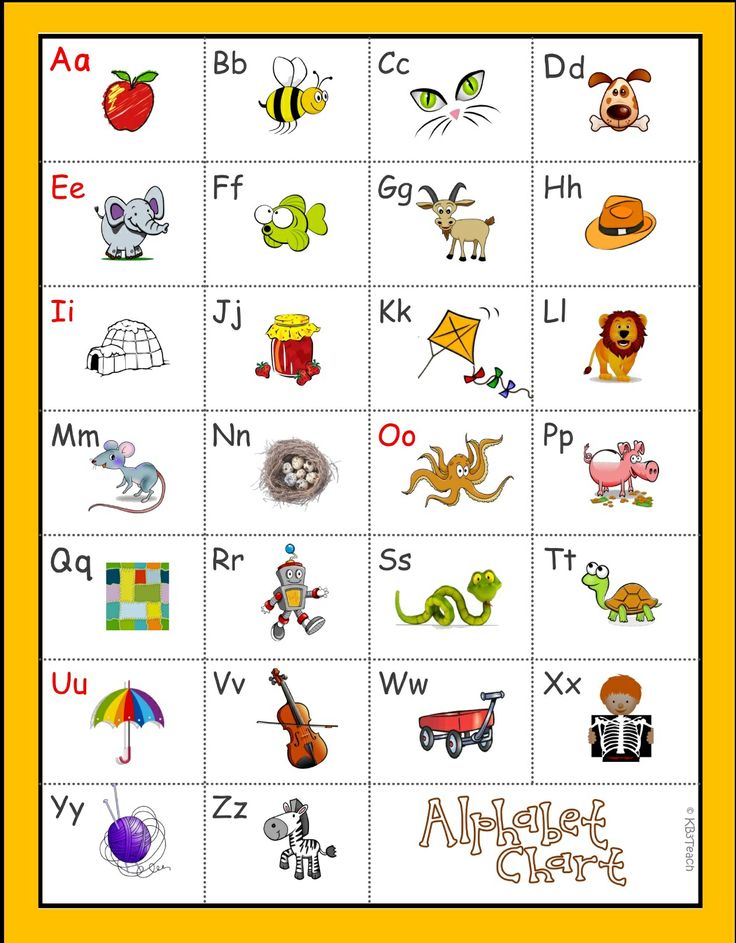 38-39, Alexandrova, Rybchenkova, Glazkov, Lisitsin, Textbook, part 1
38-39, Alexandrova, Rybchenkova, Glazkov, Lisitsin, Textbook, part 1
Grade 8
Exercise 368, Razumovskaya, Lvova, Kapinos, Textbook
letters and sounds in Russian (with audio)
4Mar 03/21/2022What letters and sounds are there in Russian? Which letters represent which sounds? What is the difference between soft and hard consonants? When is a consonant hard and when is it soft? Why do we need soft (b) and hard signs (b)?
Want to find answers to all these questions? Then read on!
Below you will find an interactive Russian alphabet with audio. For each letter [in square brackets], the sounds that it can stand for are indicated, as well as examples of words with this letter.
And here, for sure, you will immediately have two questions:
№1 Why do some letters have two sounds?
This is a feature of the Russian language.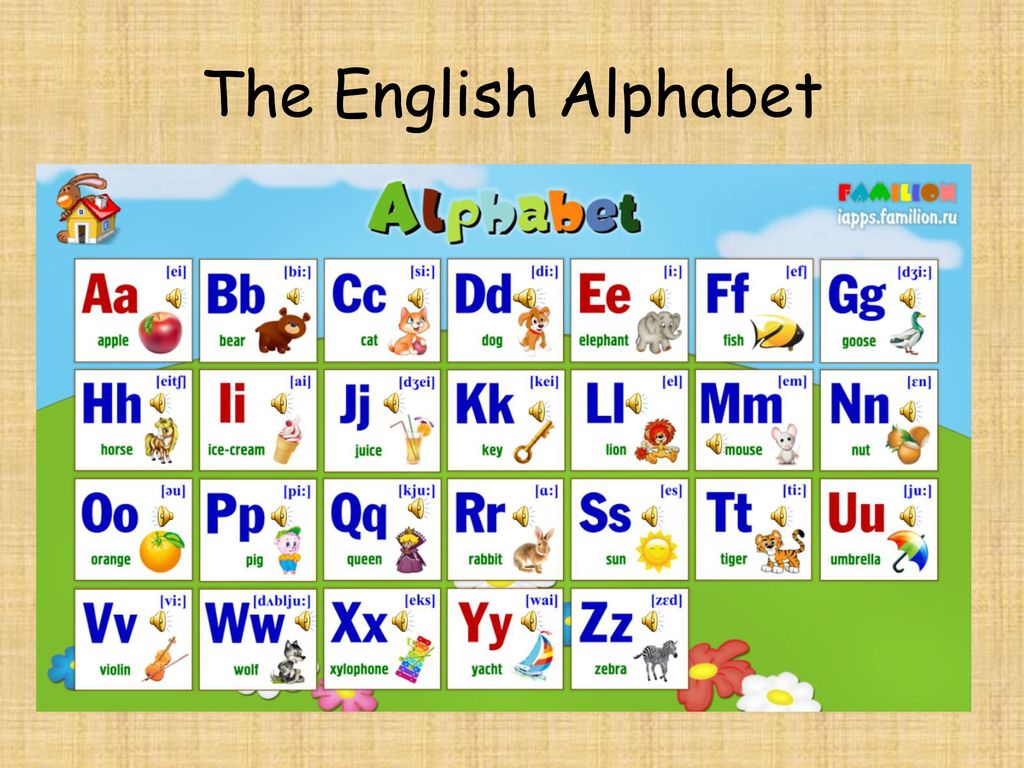 Some letters can represent two different sounds: a hard and a soft consonant. To clearly demonstrate this principle, I specially selected two examples for such letters: one with a hard consonant, and the other with a soft consonant.
Some letters can represent two different sounds: a hard and a soft consonant. To clearly demonstrate this principle, I specially selected two examples for such letters: one with a hard consonant, and the other with a soft consonant.
№2 Why are no sounds shown for "ь" and "ъ"?
These are soft and hard marks. By themselves, they do not represent any sounds. They show us how to read the previous consonant: a consonant before a hard sign will be hard, and a consonant before a soft sign will be soft.
Also, sometimes we need to separate a consonant from a vowel, and for this we will write one of these signs between them. This is how we distinguish, for example, the words “seed” [s′ém′ʌ] and “family” [s′im′jʌ́].
Now, when you listen to the audio, pay attention to these pronunciation features.
But how do you know when a consonant is hard and when soft?
Very easy! You need to look at the next letter.
- Before with a hard sign (Kommersant) , before other consonants and before the vowels A , O , U , E, s consonant - hard .
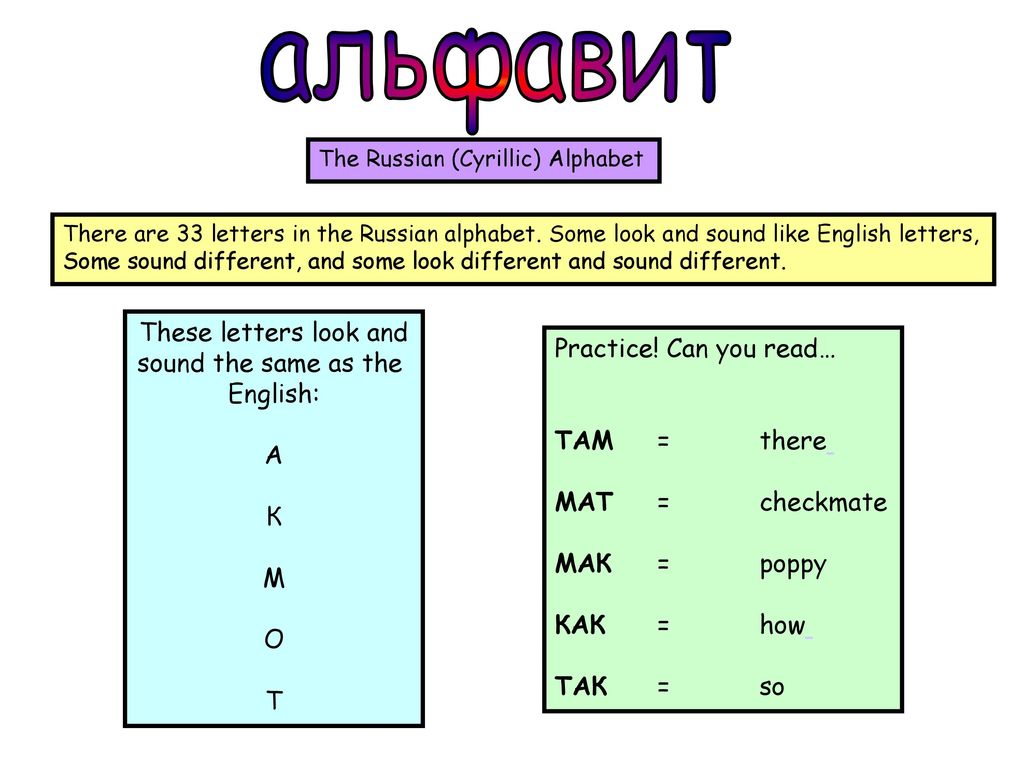
- Before soft sign (b) and in front of the vowels I , ё , U , , and and and and and and 9022
Ref: consonant w , w , c 90 016 -
See? This [th]-component makes the consonant soft!
Finally, let's move from theory to practice! Try to read these words. Do you understand them?
Pineapple, vase, banana, guitar, rocket, moon, mom, dad, hello, music, matryoshka, hat, lamp, movie, coffee, tea, lemon, chair, Saturday, dollar, ruble, Italy, America, Spain .
Did you manage to read it? Did you understand all the words? (You can test yourself on the audio here).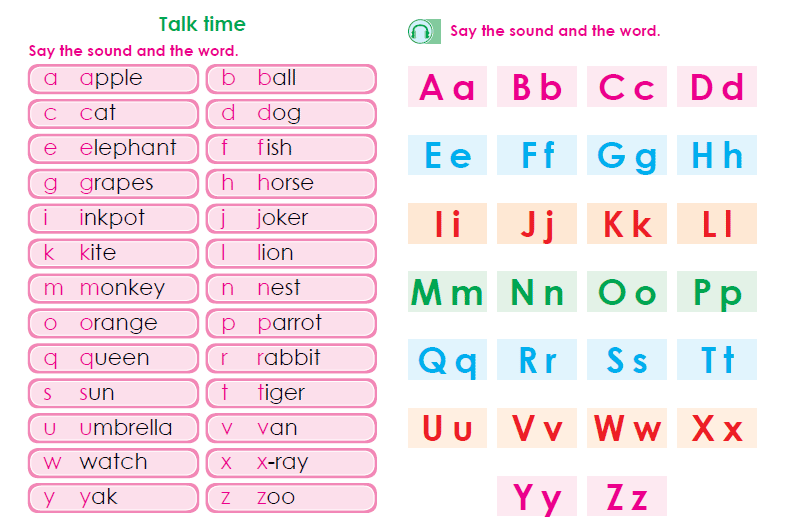
Learn more

